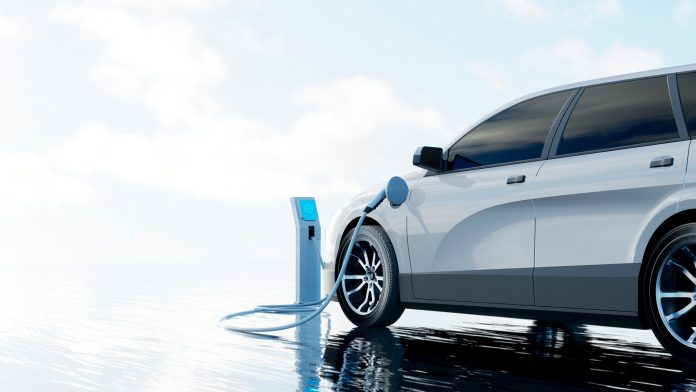Researchers have released new insight into how lithium-rich cathode materials for high energy electric vehicle batteries store charge at high voltages.
High energy storage batteries for electric vehicles need high capacity battery cathodes. New lithium-excess magnesium-rich cathode materials are expected to replace existing nickel-rich cathodes but understanding how the magnesium and oxygen accommodate charge storage at high voltages is critical for their successful adaption.
Research by WMG – University of Warwick, UK, and a consortium of US researchers, employed a range of X-ray studies to determine that the oxygen ions are responsible for the charge storage of magnesium-rich cathodes, rather than the magnesium ions.
A major issue faced by car manufacturers is extending the life of affordable energy-dense batteries that can be charged quickly and efficiently. There is therefore a race to make electric vehicle batteries with an energy storage target of 500 Wh/Kg, but these targets are not possible without changing to new cathode materials.
Lithium-excess magnesium-rich cathodes offer sufficient energy density but to reach energy storage targets of 500Wh/Kg we need to understand how the electron charge is stored in the material.
Oxygen is driving high-voltage charge storage
In the paper, published in the Journal ACS Energy Letters, researchers from WMG – University of Warwick have overcome a significant milestone in understanding of charge storage in lithium-excess magnesium-rich cathodes.
The team performed operando x-ray studies to precisely quantify magnesium and oxygen species at high voltages. They demonstrated how x-ray beams could irreversibly drive highly oxidised magnesium (Mn7+) to trap O2 gas in other materials.
By performing careful operando x-ray studies that circumvented beam damage, the team were able to observe only trace amounts of Mn7+ forming upon charging in Li-excess cathodes during battery cycling. Professor Louis Piper, from WMG, University of Warwick explains: “We have ultimately resolved that oxygen rather than metal redox is driving the higher capacity, which means we can now design better strategies to improve cycling and performance for this class of materials.”









